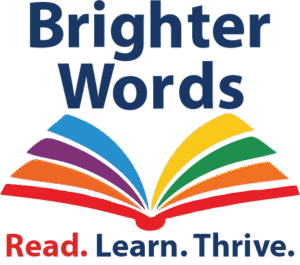Resources for Parents
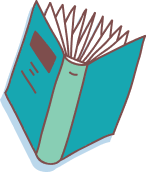

Everything You Want to Know About Helping Your Struggling Reader
If your bright, creative child is having trouble with reading, you’re not alone — and it’s not your fault.
Below are the most important signs, strategies, and trusted resources to help you better understand what’s happening and how to support your child’s journey with confidence.

Is My Child Struggling? Warning Signs to Watch For
In Kindergarten and First Grade
Trouble remembering letter names and sounds, even after practice
Difficulty rhyming or recognizing word patterns
Struggles to sound out short words like cat or dog
“Pretend reading” by memorizing stories instead of decoding
Family history of reading challenges
In Second and Third Grade
Reading is slow, choppy, or exhausting
Guesses at words instead of sounding them out
Ongoing trouble spelling even simple words
Avoids reading aloud or becomes upset when asked
Homework takes much longer than it should
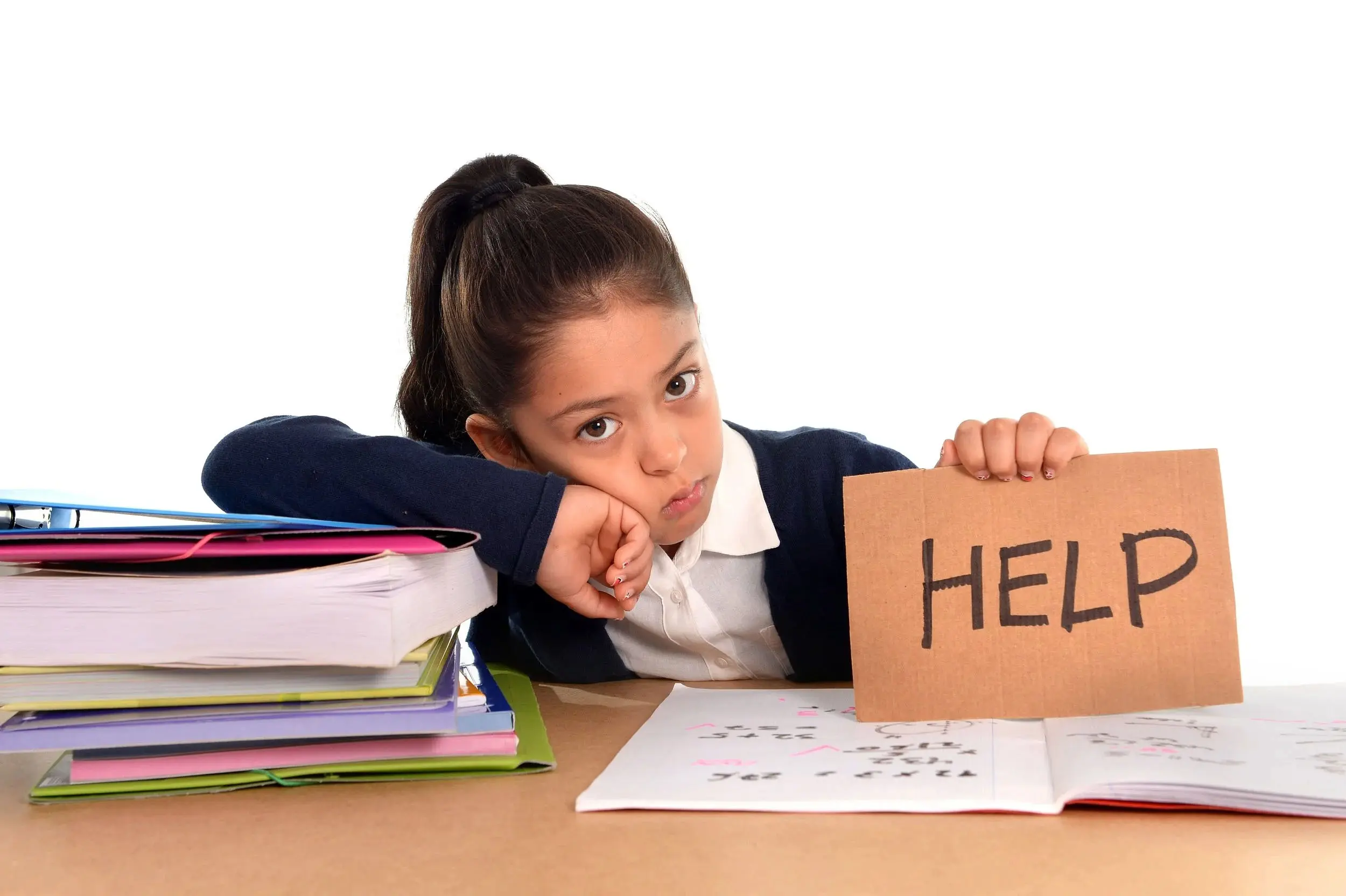
In Fourth Grade and Beyond
Avoids books or says “I hate reading”
Reads well below grade level
Difficulty understanding what they read
Trouble with written assignments
Low self-esteem or saying things like “I’m dumb”

Understanding Dyslexia and Learning Differences
Dyslexia is a language-based learning difference that affects how the brain processes written words.
Here’s what every parent should know:
It’s neurological — not about effort or intelligence.
It’s common — roughly 1 in 5 people have dyslexia.
It’s hereditary — often runs in families.
It’s lifelong — but with the right support, kids thrive.
What dyslexia is NOT:
A sign of low intelligence
Caused by poor teaching or parenting
About seeing letters backwards
Something a child “grows out of”
Many successful people have dyslexia — including Richard Branson, Temple Grandin, Anderson Cooper, and Whoopi Goldberg — proof that differently wired brains can do incredible things.
About the Barton Reading & Spelling System
You’ve probably tried phonics workbooks, apps, or classroom interventions — and wondered why they didn’t stick.
Here’s why:
Most programs assume children naturally “pick up” reading patterns.
Children with dyslexia need explicit, structured, and multisensory instruction — and that’s exactly what Barton provides.
The Barton System is:
Explicit: Every sound-symbol relationship is taught directly.
Sequential: Skills build step by step with no skipped concepts.
Multisensory: Students see, hear, say, and touch every sound.
Diagnostic: Lessons adapt instantly based on your child’s needs.
Cumulative: Continuous review ensures learning sticks.
It’s not “just another program.” It’s a proven method designed for bright children who haven’t succeeded with traditional reading instruction.
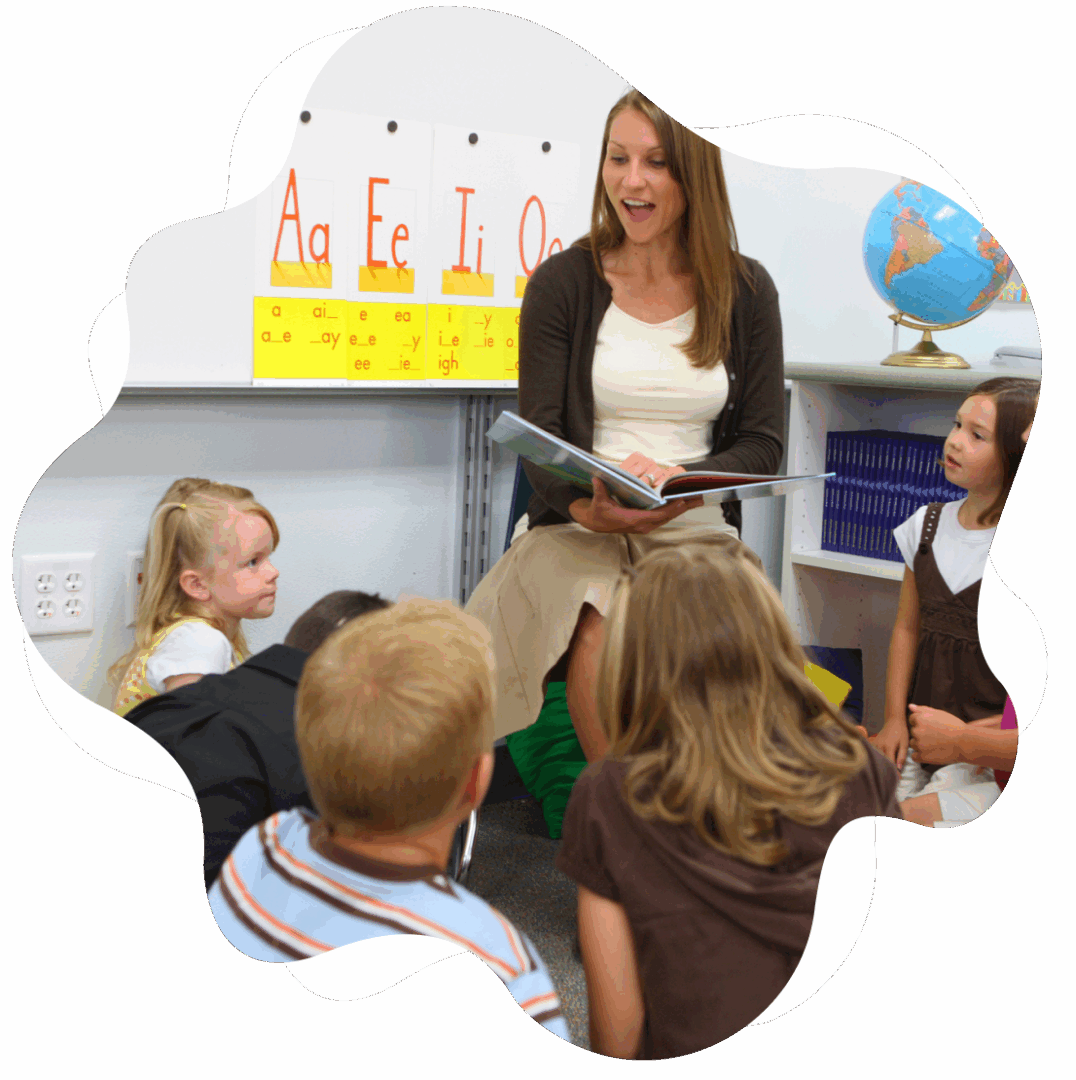

How You Can Support Your Child at Home
Parents often ask how they can help without adding pressure or tears.
Here are simple ways to make learning supportive and encouraging.
DO:
Read to your child every day, even if they’re older.
Celebrate effort, not perfection.
Keep sessions short and positive.
Stay calm and patient — progress takes time.
Communicate regularly with teachers.
DON'T:
Force reading aloud when emotions are high.
Say “just sound it out.”
Compare your child to siblings or classmates.
Assume they’re lazy or not trying.
Encouraging Phrases You Can Use:
“I can see how hard you’re working.”
“Everyone learns differently — and that’s okay.”
“Let’s start with the part that feels easiest.”
“I’m proud of you for not giving up.”
Making Reading Enjoyable Again
Children who’ve struggled need to rebuild positive associations with reading.
Here are ways to make it fun again:
Let your child choose books they love — even if they seem “too easy.”
Pair audiobooks with print so they can listen while following along.
Take turns reading pages aloud.
Create a cozy reading nook or routine.
Visit the library and let them explore topics that interest them.
The greatest change isn’t just academic — it’s emotional. Kids begin to say, “I can do this.”
Book Recommendations
Pre-K – 1st Grade:
Elephant & Piggie – Mo Willems
Brown Bear, Brown Bear – Bill Martin Jr.
Hop on Pop – Dr. Seuss
Frog and Toad – Arnold Lobel
2nd – 3rd Grade:
Magic Tree House – Mary Pope Osborne
Henry and Mudge – Cynthia Rylant
Mercy Watson – Kate DiCamillo
Fly Guy – Tedd Arnold

4th – 5th Grade:
Dog Man – Dav Pilkey
Wings of Fire – Tui T. Sutherland
The One and Only Ivan – Katherine Applegate
Wonder – R.J. Palacio
Remember: Reading “below” grade level isn’t failure — it’s practice and progress.
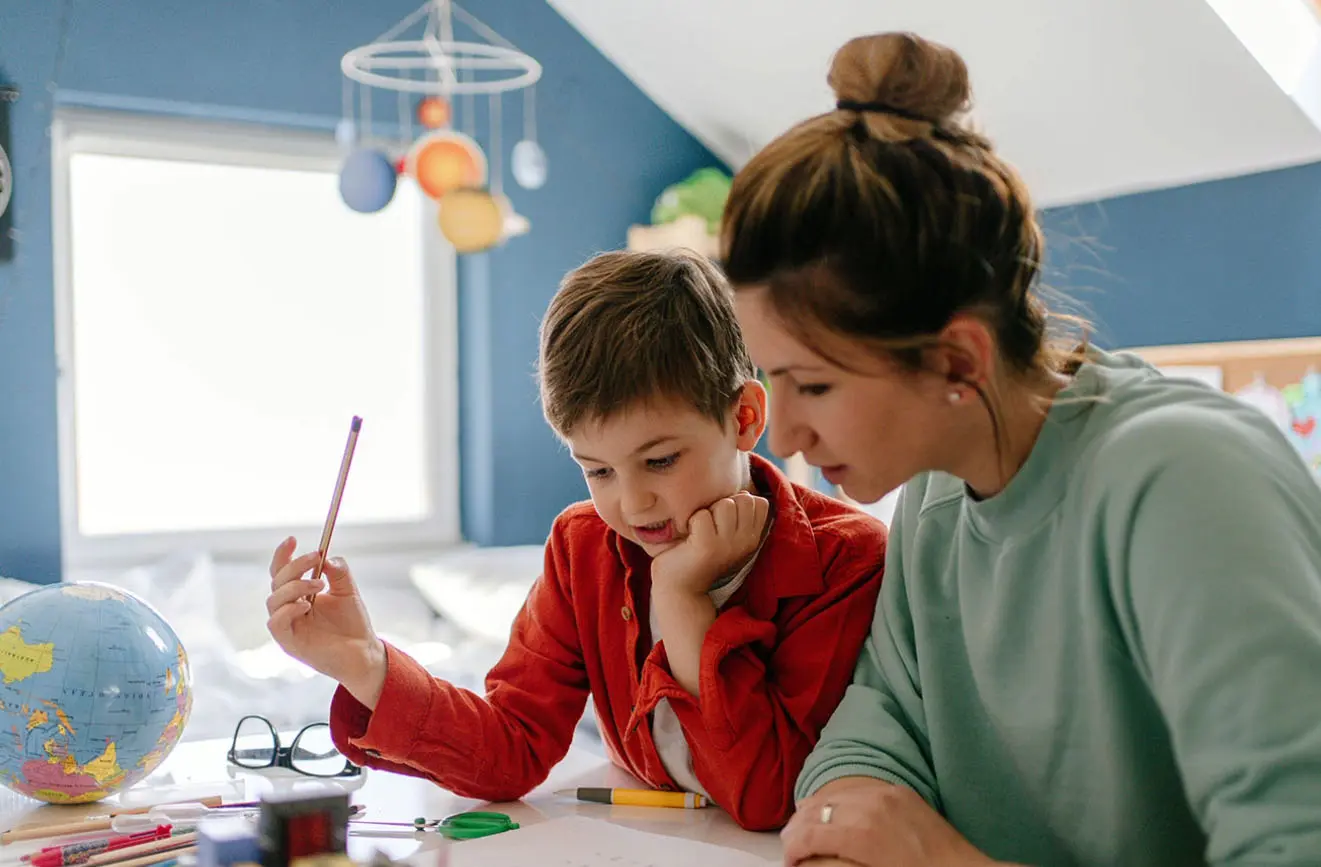
Pro Tip:
Keep a folder with all teacher emails, test results, and samples of your child’s work — documentation helps track progress clearly.
Working With Your Child’s School
Schools can be great partners when parents know what to ask for.
Questions for Teachers:
What specific skills is my child struggling with?
What interventions are currently being used?
How can I support those strategies at home?
Do you recommend further testing?
Your Rights as a Parent:
You can request a meeting or evaluation anytime.
You have the right to see all progress data.
You can advocate for accommodations (IEP or 504 Plan).
Helpful Organizations & Websites
Here are trusted resources for parents and educators supporting children with dyslexia or reading challenges:


Ready to Talk About Your Child’s Specific Situation? for Every Reader
These resources are a great place to start, but nothing replaces one-on-one guidance tailored to your child.
Let’s talk about your child’s unique strengths and challenges — and build a plan that helps them rediscover confidence in learning.

